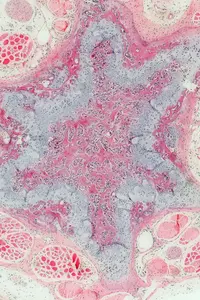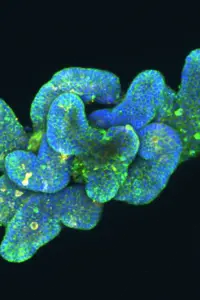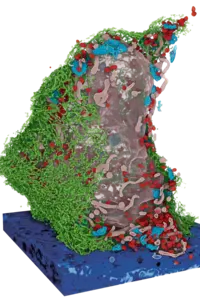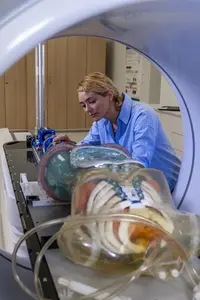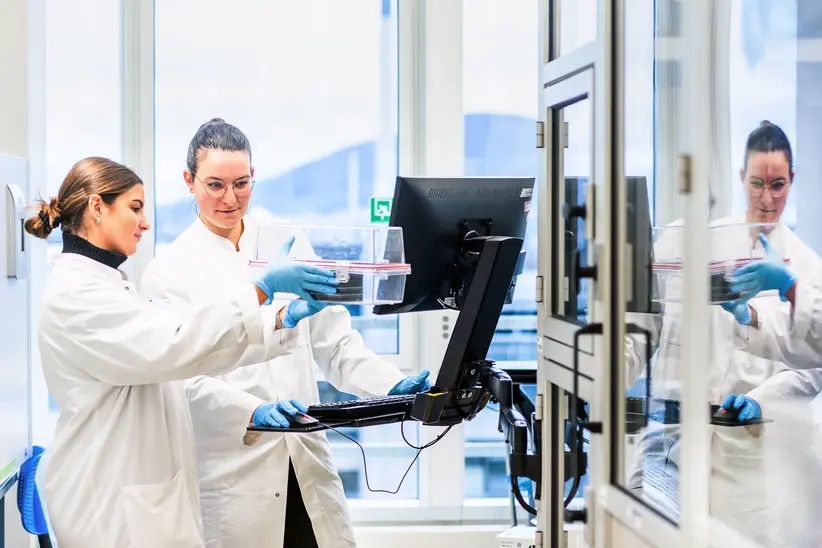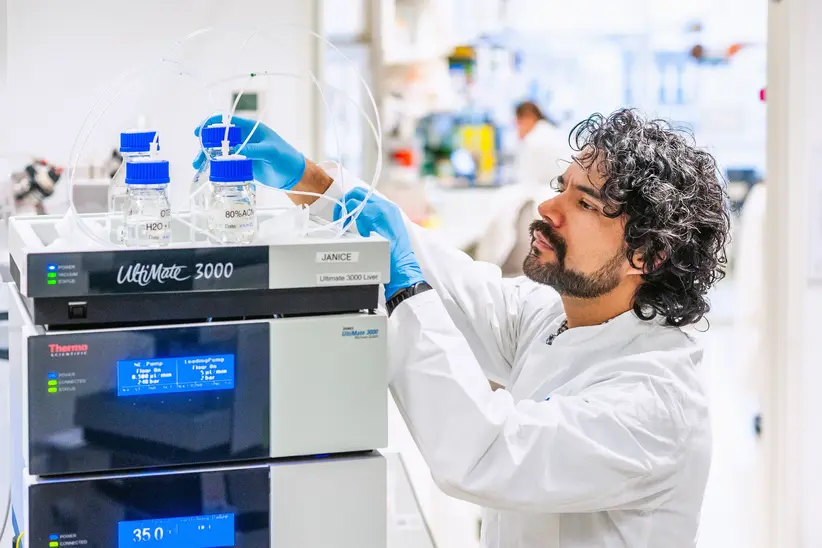Research for a life without cancer
At the DKFZ, we want to ensure that fewer people develop cancer, that cancer can be cured or treated so effectively that those affected can live with the disease and grow old with a good quality of life.
About DKFZ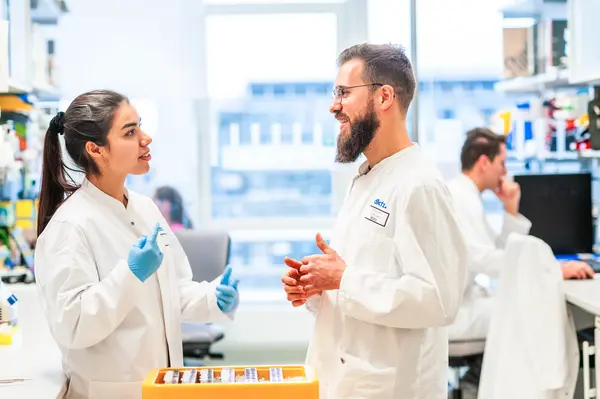
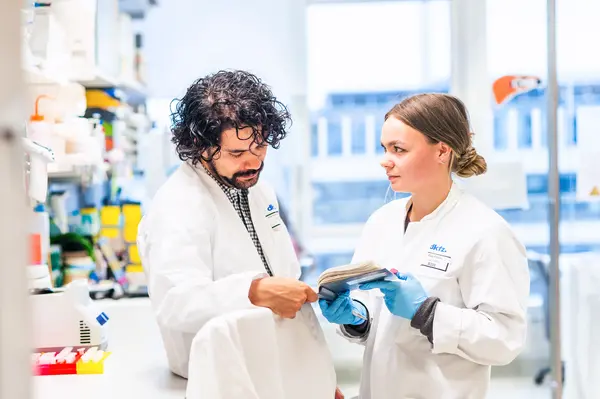
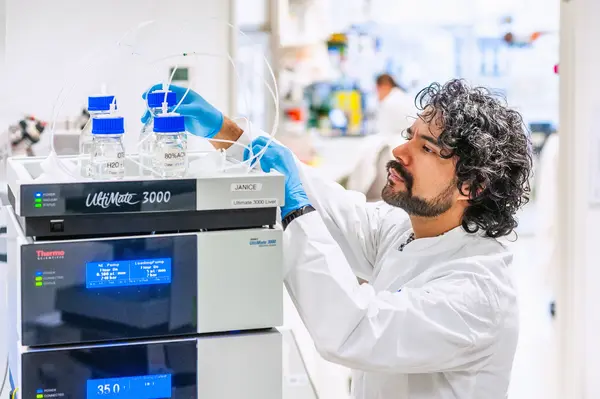
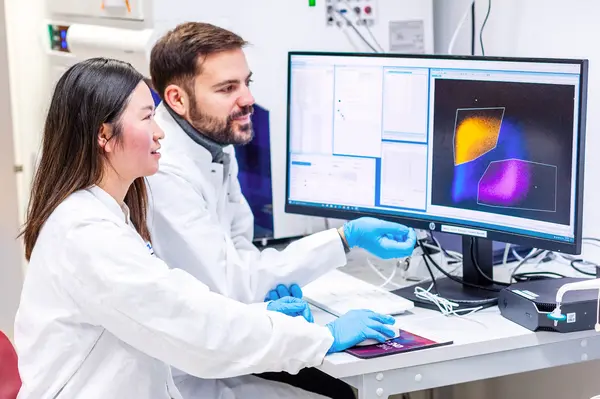
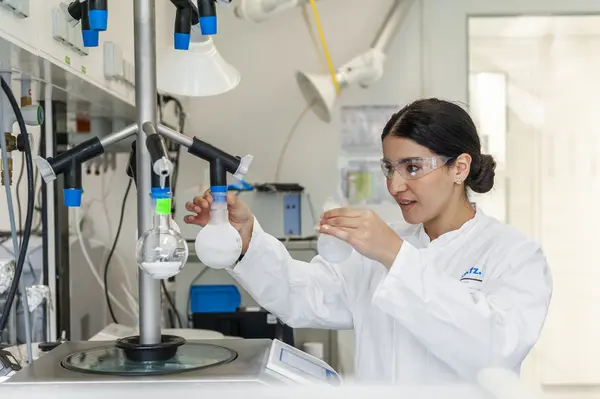
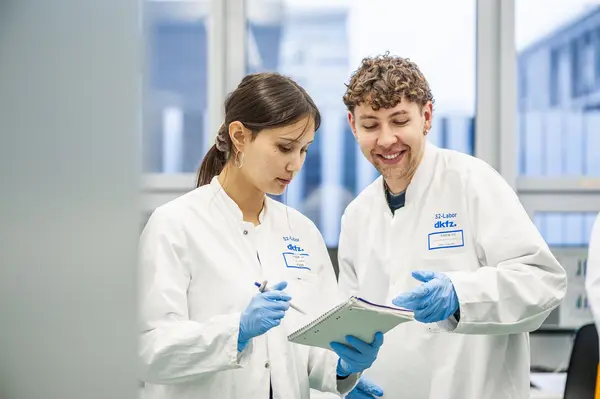
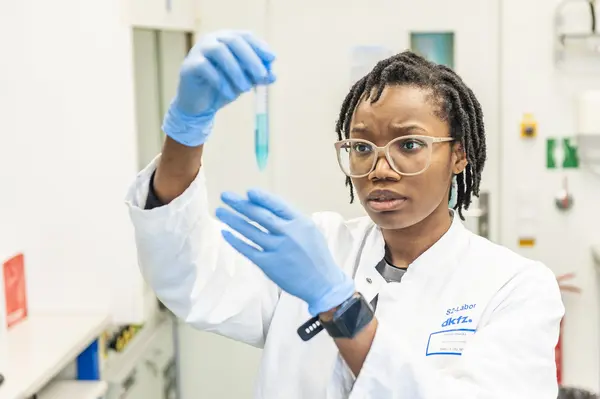
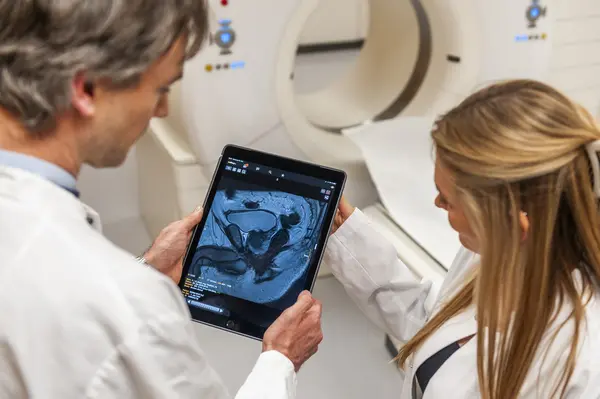
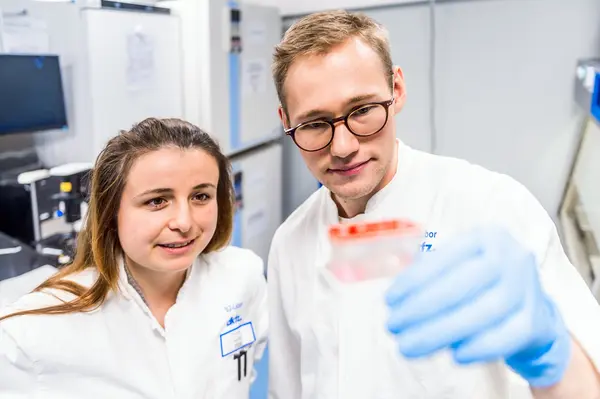
Latest from DKFZ

As a clinician scientist at the German Cancer Research Center (DKFZ) and the Mannheim Medical Faculty of Heidelberg University, neurologist Lukas Bunse is investigating how the body's own immune system can be supported in fighting brain tumors. For this work, he has been awarded the Lautenschläger Prize for Young Scientists, which is endowed with €25,000.
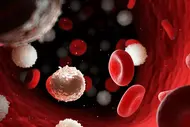




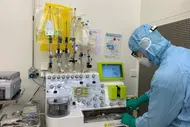

Our research opens doors in the fight against cancer
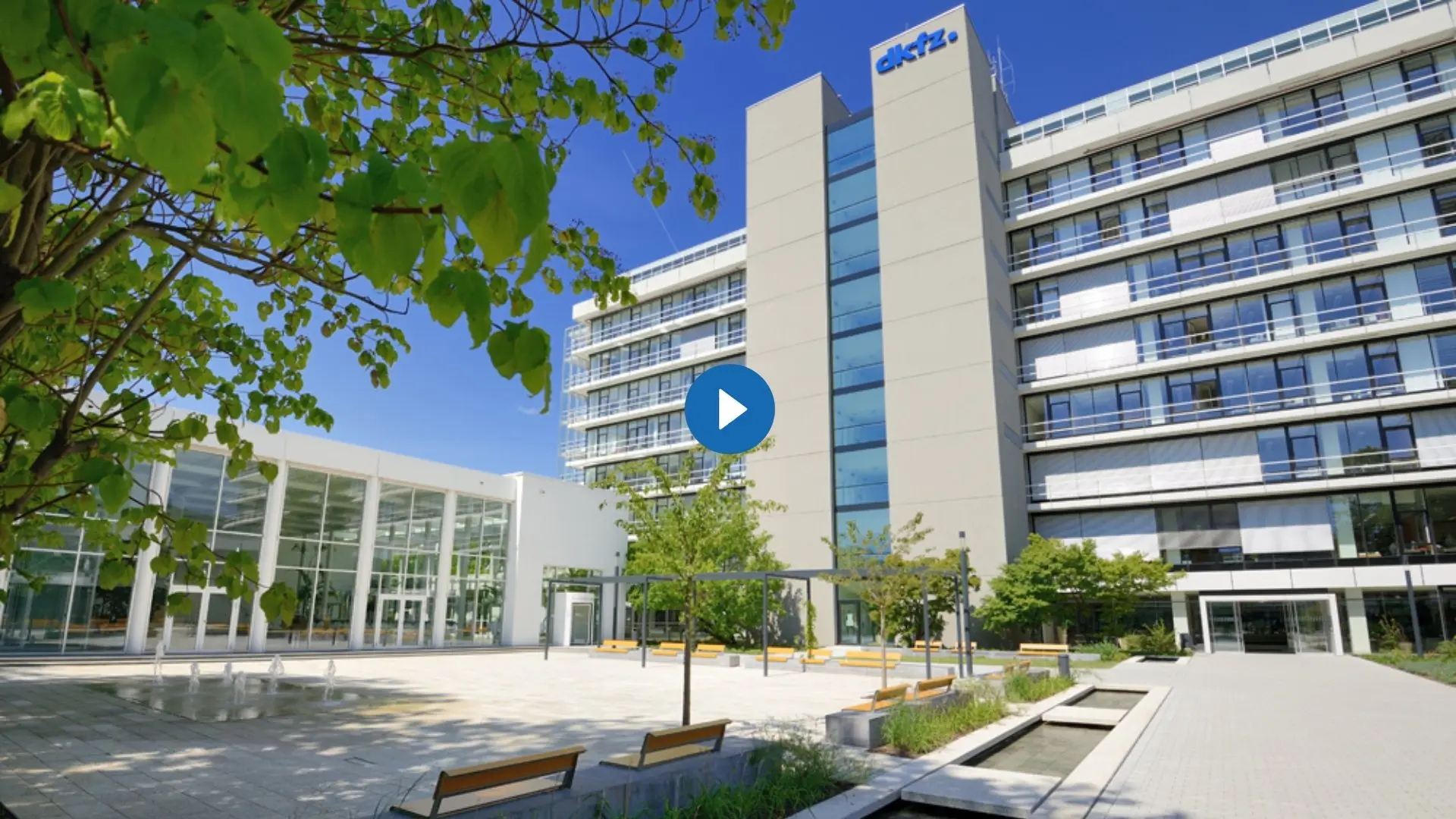

Do you have questions on the topic of cancer?
Let us advise you!
Doctors from the Cancer Information Service answer your questions every day. Find out more now for free!
0800 - 420 30 40 daily from 8 a.m. to 8 p.m.

